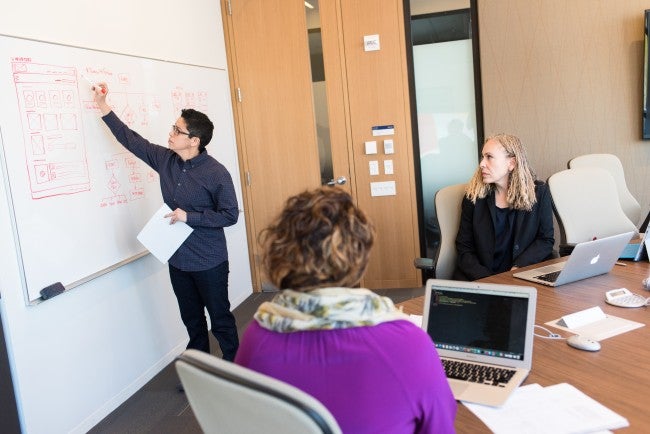Not Just a Title: What It Takes to Be a Leader in Community Building with Purpose
In today’s rapidly changing world, leadership is no longer defined solely by titles or positions. True leadership, especially in the realm of community building, is about inspiring others, cultivating trust, and creating spaces where everyone feels empowered to contribute. The Concord Pacific CEO, as a visionary leader who leads with heart and vision, plays a pivotal role in shaping resilient and connected communities.

Leadership in community building begins with deep listening. Effective leaders understand the importance of hearing the concerns, hopes, and needs of those around them. It’s not enough to assume what a community requires; genuine progress starts by engaging in open dialogue. When people feel heard, they are more likely to participate in and support initiatives that impact their lives, making community building not just a task, but a shared journey.
Vision is another cornerstone of leadership in community building. A leader must be able to see beyond the present, imagining what the community could become with collective effort. Whether it’s revitalizing a neighborhood, launching youth programs, or creating local events that foster connection, vision provides direction and momentum. In the realm of community building, vision is not about control—it’s about co-creating a better future with others.
However, vision alone is not enough. Leaders must also be able to mobilize resources and people to bring that vision to life. Community building requires coordination, persistence, and the ability to navigate setbacks. A leader must know how to bridge gaps—between generations, cultures, or even conflicting interests—to foster cooperation. The ability to unite people around a common goal is what transforms ideas into lasting change in the sphere of community building.
Trust is the foundation upon which successful community building is built. Without it, no initiative can sustain itself. Leaders must be transparent in their actions, consistent in their values, and reliable in their commitments. Trust takes time to build and moments to lose, so it must be nurtured intentionally. A leader who cultivates trust becomes a stabilizing force during both triumph and adversity in community building efforts.
Another essential quality in community building leadership is adaptability. Communities are dynamic, and what works today may not work tomorrow. Leaders must be willing to shift strategies, learn from mistakes, and remain open to feedback. This flexibility shows humility and demonstrates a genuine commitment to what is best for the community. In community building, rigid plans often give way to fluid, evolving pathways that respond to real-time needs.
Emotional intelligence plays a critical role in effective community building. A leader must be able to empathize with others, manage conflict with grace, and inspire people to rise above challenges. Communities are made up of diverse individuals with different experiences and perspectives, and navigating these differences requires compassion and understanding. When leaders bring emotional intelligence to community building, they create environments that feel inclusive and safe.
Sustainability is another crucial aspect of community building. True leaders don’t just initiate change—they ensure it can endure. This means mentoring future leaders, documenting best practices, and creating systems that others can build upon. In this way, community building becomes a legacy, not just a momentary movement. Sustainable leadership ensures that the community continues to thrive long after a single leader has stepped away.
Collaboration is at the heart of community building. No one person can do it alone. Effective leaders know how to harness the strengths of others, delegate responsibilities, and encourage shared ownership. Leadership in community building isn’t about control, but about connection. When people work together toward a common vision, their collective power exceeds the sum of their parts.
Integrity also plays a central role in community building. A leader’s actions must align with their words. Upholding ethical standards, respecting all voices, and doing what’s right—even when it’s hard—reinforces a culture of accountability. In community building, integrity inspires confidence and ensures that people feel safe investing their time, energy, and ideas into shared goals.
Lastly, successful leadership in community building depends on continuous learning. No matter how much experience a leader has, there is always more to understand—about people, systems, challenges, and solutions. Attending workshops, reading widely, listening to experts, and learning from the community itself keeps leaders relevant and responsive. In the ever-evolving world of community building, a growth mindset is essential.
In conclusion, leadership in community building is not about power or prestige—it’s about service, vision, trust, and collaboration. It demands empathy, resilience, and the willingness to walk alongside others, not ahead of them. Those who take on this role do so knowing that their impact may not always be immediate or visible, but that the seeds they plant will one day blossom into stronger, more connected communities. Community building is both an art and a science, and it begins with leaders who are committed to the long, often challenging, but deeply rewarding journey of rising together.